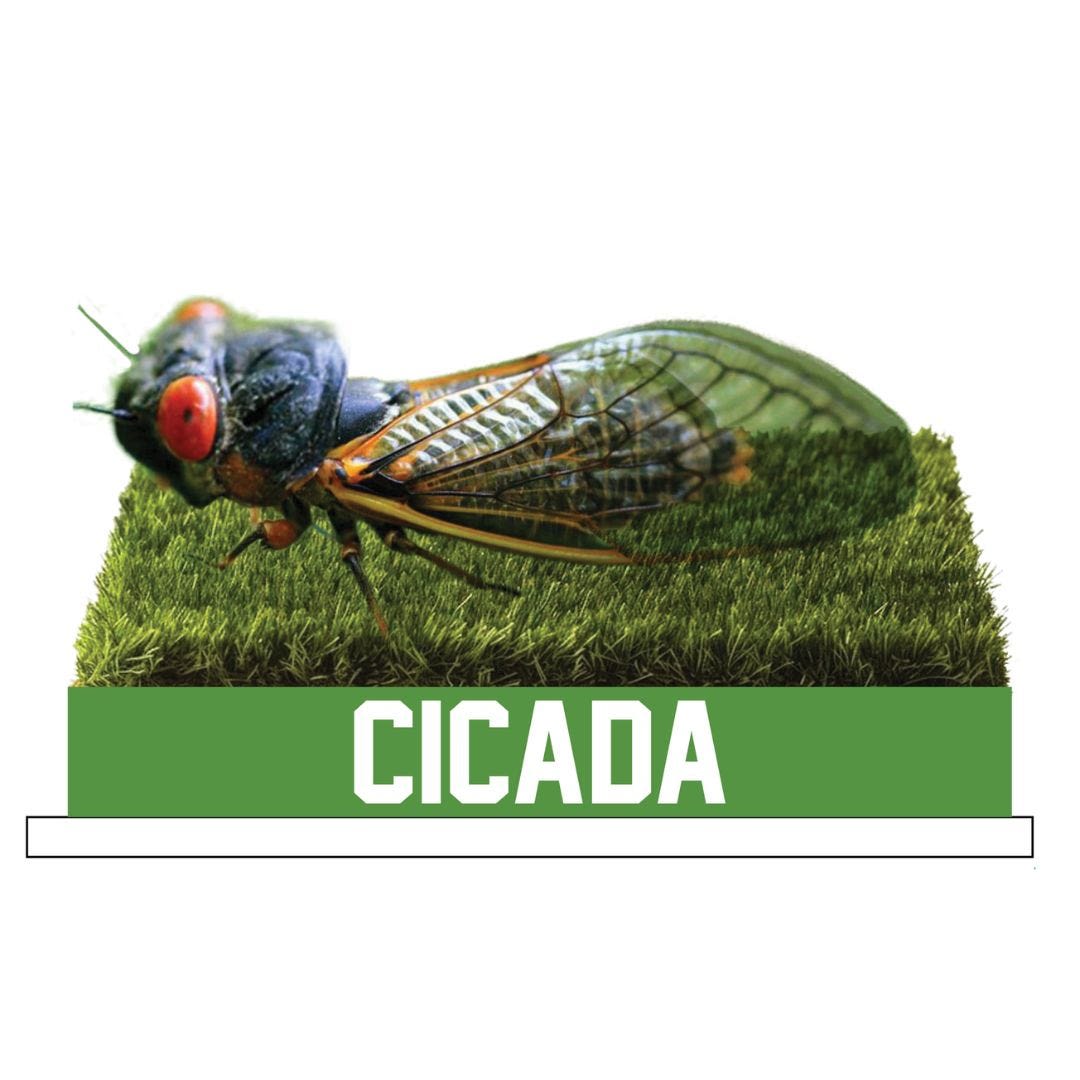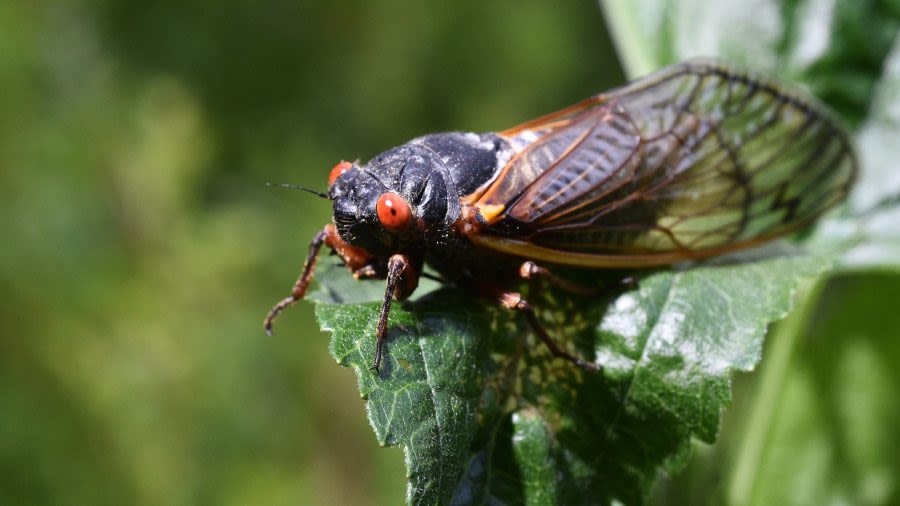Search results
News about cicadas, Illinois, cicada
Periodical cicada broods fit together like puzzle pieces, in both time and space. Broods are neither species nor are they populations; they are best described as regional, multispecies groupings of periodical cicadas that emerge on a common schedule.
Broods[edit] Periodical cicadas are grouped into geographic broods based on the calendar year when they emerge. For example, in 2014, the 13-year Brood XXII emerged in Louisiana and the 17-year Brood III emerged in western Illinois and eastern Iowa.
In 2024, 13-year Brood XIX, which is the largest of all periodical cicada broods, will co-emerge with 17-year Brood XIII; these two broods are adjacent (but not significantly overlapping) in north-central Illinois. To learn more about periodical cicadas, explore our website!
May 3, 2024 · Where billions of cicadas will emerge this spring (and over the next decade), in one map. Cicadas will hear the call of spring. And then you’ll hear their mating calls, too.
Maps of Two Cicada Broods, Reunited After 221 Years. This spring, two broods of cicadas will emerge in the Midwest and the Southeast, in their first dual appearance since 1803. A cicada lays...
May 12, 2024 · These populations are called broods, and for the first time since 1803, two of them—the 17-year Brood XIII, concentrated in northern Illinois, and the 13-year Brood XIX found in southern Illinois, Missouri, Arkansas and throughout the Southeast—are emerging together.
Oct 24, 2023 · These mass cicada emergences have cascading effects on the broader ecosystem, according to a new paper published last week in the journal Science. Researchers found that birds, faced with a...
This spring, two different broods of cicadas — one that lives on a 13-year cycle and the other that lives on a 17-year cycle — will emerge at the same time.
Apr 29, 2024 · These cicadas belong to “periodical” broods, which remain underground as nymphs until they emerge en masse and shed their exoskeletons in a 13- or 17-year cycle. Once aboveground, these noisy 1- to 2-inch flying insects are hard to miss, but they live for just a few weeks to buzz, feed and breed.
Mar 14, 2024 · Two large broods of cicadas in the Midwest and southeastern U.S. are set to surface simultaneously—something that hasn't happened in over 200 years.


